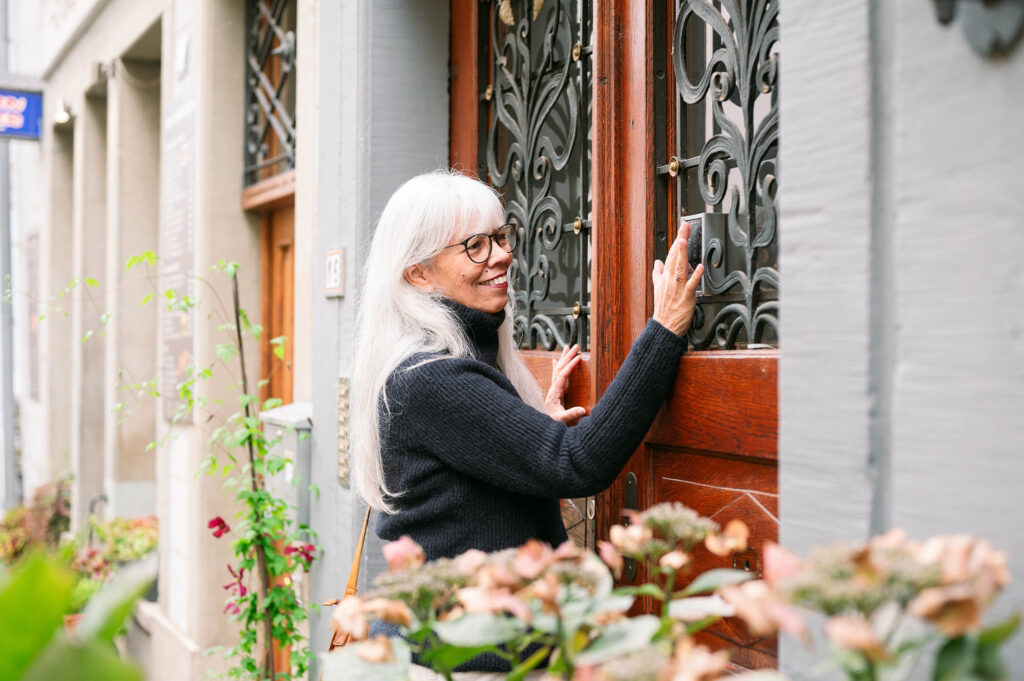Not all guest houses, B&Bs & small hotels allow pets but if you decide to allow them in your establishment, you’ll have the advantage of reaching a larger market of customers.
Promoting a pet-friendly B&B or Airbnb is increasing in popularity because allowing pets in your property will undoubtedly attract more guests and is a great way to increase your revenue.
But before you open your doors to your guests’ furry friends, read our guide to how to make your B&B or Airbnb pet-friendly and all the things you will need to consider.
1. Cleaning and maintenance
Dogs shed fur, which can cling to furniture, and not all dog owners treat their animals for fleas and ticks, so you should be prepared to deep clean your property often. You also need to make sure you get rid of any ‘pet smells’ that may be left behind.
It makes sense to adjust your prices to cover the additional cleaning costs for those guests who decide to bring their pets with them. Bear in mind you might need specific equipment, such as a vacuum designed to remove pet hair, for example, as well as additional cleaning items like flea sprays. You can include details of this in your rates, and in terms and conditions also.
If you’re already marketing to families with young children, the same applies to making sure that you’re fully pet-friendly. You can minimize the chances of damage by preparing in advance and making sure that you keep all breakable items well out of paws’ reach.
2. The bare necessities
A doggy bed is a great idea, but make sure you choose one that is easy to wash. Include bowls for food and water, making sure to fill the water bowl before your guests arrive. You should keep pet towels by the entrance, so owners can clean their dogs when returning from a walk – this way, you can keep the inside rooms of your property as clean as possible. Include waste bags that guests can take with them while they’re out and about, and if you have a welcome pack, it’s a nice idea to include some treats for the furry ones.
3. Pros and cons of running a pet-friendly property
We have all heard horror stories about pets destroying apartments, but responsible pet owners can be beneficial for your property. Here are some important things to consider when deciding on a pet plan for your property:
Pros
- Responsible pet owners are responsible guests – If someone is mature enough to take good care of an animal, there is a good chance they will treat your property with respect.
- Higher rates – If there aren’t a lot of pet-friendly properties in your area, guests will have fewer options, which allows you to be the go-to B&B or Airbnb for pet-owners. You can also charge slightly higher rates as a result.
- More prospective guests – If you make your property pet-friendly, you will reach a larger audience, as statistics show that up to 40% of families include pets in their vacation plans.
- Happier guests, happier you – Animals help reduce stress, and allowing pets can make your property feel more like home for the guests.
Cons
- Damage to your property – Animals can scratch the floors, chew up carpets, and may have accidents on the floors.
- Disturbing the neighbors – Dogs barking, birds squawking and four-legged animals running around the property can disturb other guests, as well as your neighbors.
- Liability – There is always a slight risk of the animals biting other guests or neighbors.
- Loss of other guests – Other guests may be allergic to dogs or cats and may complain when an animal becomes disruptive.
- Pet odors – Accidents inside the property or in the common areas will cause odors, as will animals that are not properly groomed or cleaned.
4. Insurance Coverage and Liability for Animals
You will want to check your insurance policy to find out what type of coverage you have if you decide to have a pet-friendly property. Make sure you know the amount of liability coverage your policy includes. Ask your insurance provider if there are any limitations or exclusions to this coverage, such as if they have a list of dog breeds they consider to be ‘dangerous breeds’.
You should include your Pet Policy in your Terms and Conditions or include a pet addendum in your T&Cs and require every guest to sign it. This policy should clearly state your pet policy and your expectations of the pet owner. Make it clear that by signing, the guest agrees to these terms and if they violate them it will be considered a breach of contract*.
This is an example text for the rental agreement. A pet policy should be an extra document, attached to the rental agreement, specifying the different rules that apply to guests bringing their pets into the property.*
The guest hereby agrees that they will abide by the pet policy attached to this rental agreement. On signing this rental agreement, the guest will pay a deposit to cover any damage caused by their pet to the property or furnishings during their stay.
*You should consult legal counsel to determine the proper language to use in your Terms and Conditions.
5. Health and safety
The main challenge with dogs is keeping them away from foods in the kitchen, such as chocolate, grapes, and fatty meats, which are poisonous to them. Toys should be used under supervision, especially if they’re easy to swallow.
Cats are very sensitive to stress, and they can get several stress-induced diseases, so you need to be aware that they like a balanced environment. You should have cushioned areas where cats can sit up high and feel safe, such as cupboards or custom-built cat towers. If you are hosting multiple cats, each one should have its litter tray, and their food should be away from this area.
While cats don’t tend to hunt down toxic foods, you need to consider the plants: many table flowers can be poisonous to cats, and lilies are particularly hazardous.
6. Safe, practical, and pretty
Once the pets are safe, you should consider how to maintain your interior style. As a property owner, the best floor materials for dogs and cats are either wooden floors or tiles. Since wood is a natural material, it can take some abuse. Plus, you can sand a wooden floor down after five or ten years and it will look as good as new again.
If you have carpet anywhere on the property, you can clean it; however muddy footprints are a challenge to clean, and the carpet will never look new again.
If you really want to go for carpet, a flat weave is the best option because it lasts longer and it’s easier to clean. Also, a good idea is to choose natural materials; wool is great as it repels dirt and it’s also washable, whereas some synthetic materials aren’t as easy to maintain.
For sofas, you should go for dry-clean friendly sofa covers, and consider stain-repellent treatments.
The decision to make your property pet-friendly should not be taken lightly. It is important to weigh the pros and cons of allowing pets to be sure you make the right choice for you and your property.
If you’re considering opening your doors to the four-legged variety of guests, there are definitely a number of pros and cons to think about. Hopefully, we have shown you the bigger picture, so you’ll have enough information to be able to decide whether you’re ready to allow pets at your guest house, or simply stick to people.
With eviivo Suite™, you can offer the same room for different rates depending on whether guests are bringing pets or not. It’s quick and easy to do with Promo Manager, so you have more time to spend looking after guests with two legs or four!


